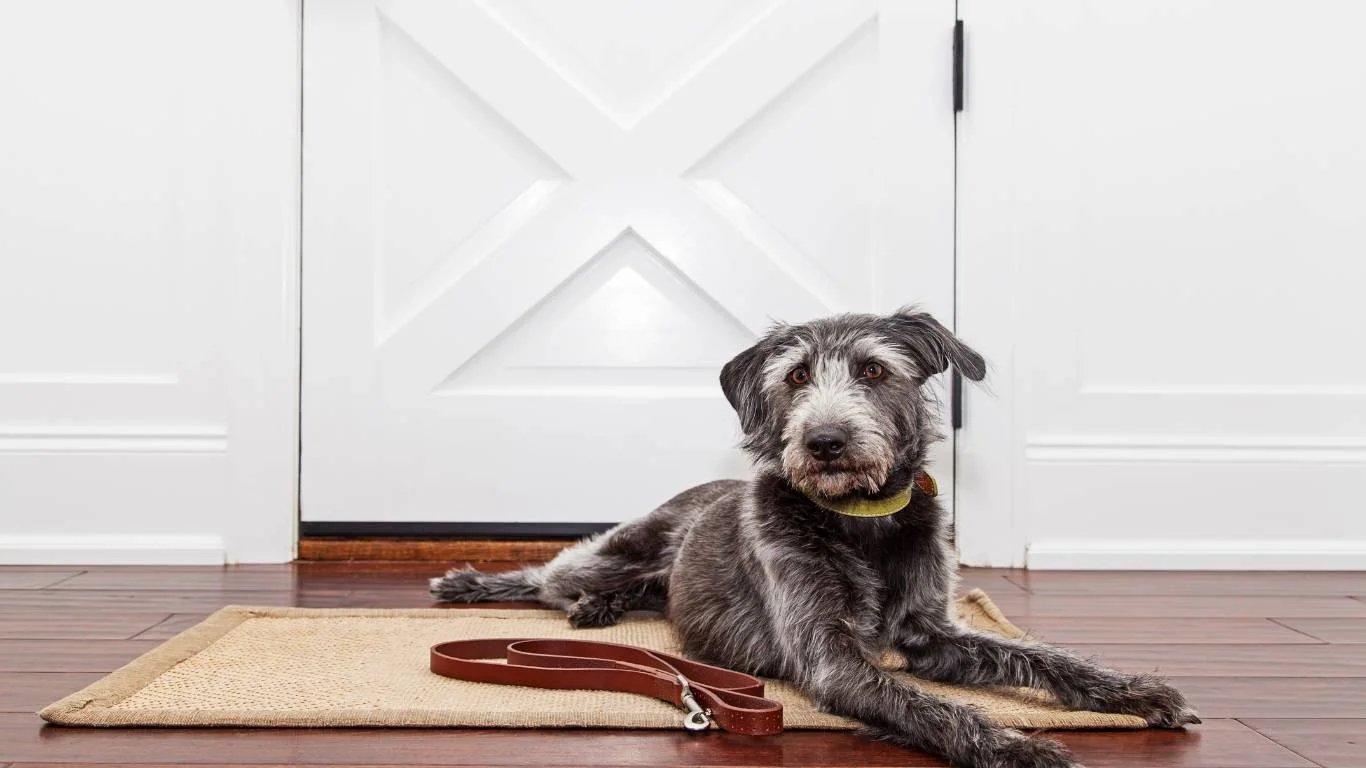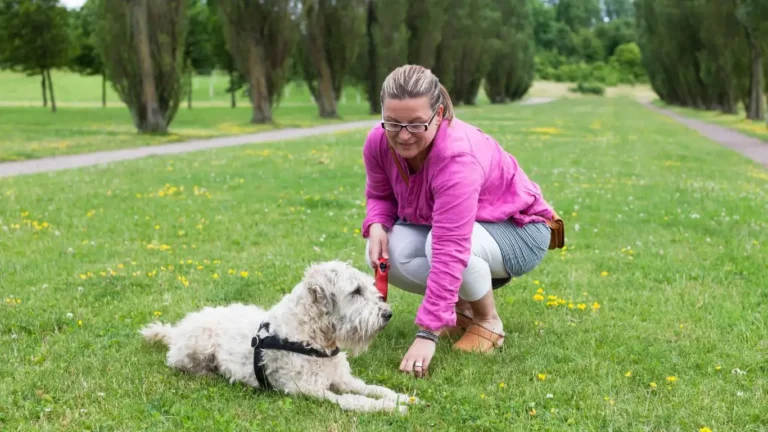Powerful Dog Health Tips Every Pet Parent Needs to Know
As a pet parent, it’s natural to want the best for your dog. I know firsthand how much joy and companionship they bring into our lives, and ensuring their health and well-being is a top priority. That’s why I want to share with you some powerful dog health tips that every pet parent needs to know. Over the years, I’ve learned through personal experience and research that proper care goes beyond just feeding and walking your dog. There are several key areas to focus on that will help your furry friend live a long, healthy, and happy life.
1. Nutrition: Fueling Your Dog’s Body for Optimal Health
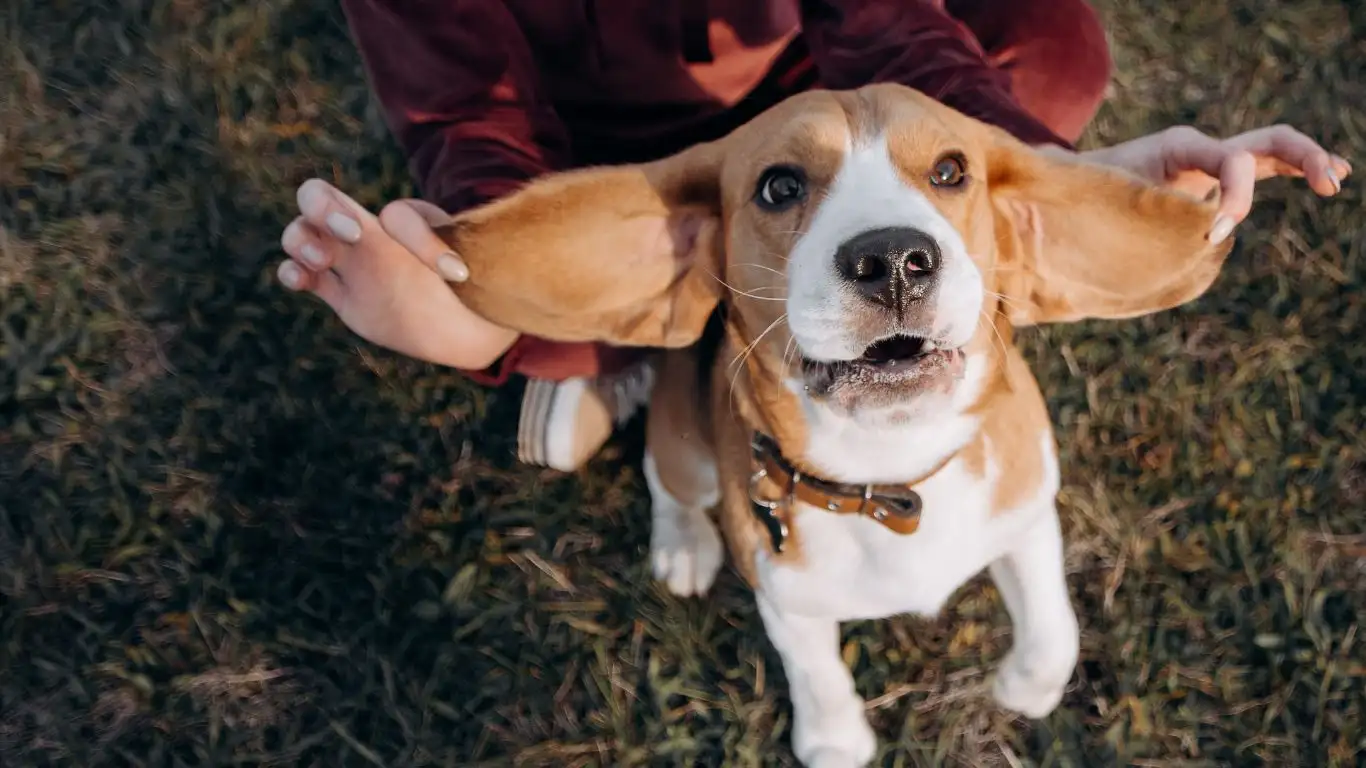
Proper nutrition is the foundation of any healthy dog. What you feed your dog directly affects their energy levels, coat condition, and overall health. One mistake I made early on was not paying enough attention to the ingredients in dog food. I assumed all commercial dog food was created equally, but boy was I wrong! It wasn’t until I started researching more about dog food ingredients that I realized the importance of a balanced, nutritious diet tailored to my dog’s specific needs.
Choosing the Right Food for Your Dog
When choosing food for your dog, it’s essential to keep in mind their breed, age, size, and any health conditions they might have. For example, senior dogs or those with weight issues may need a specialized formula to support their metabolism and joint health. On the other hand, puppies need food rich in protein and nutrients to fuel their growth and development. I’ve found that consulting with your vet can provide valuable insights into which type of food is best suited for your dog’s needs.
Additionally, look out for high-quality ingredients. Whole meats like chicken, beef, or lamb should be at the top of the list, followed by vegetables and fruits rich in vitamins and fiber. Avoid foods with too many fillers like corn, soy, or artificial preservatives. Trust me, making the switch to a high-quality diet has made a noticeable difference in my dog’s energy levels and coat shine.
Hydration: The Often Overlooked Factor
Did you know that dehydration is one of the most common causes of health problems in dogs? I was guilty of not always having fresh water available for my dog at all times, but now I make sure it’s always within reach. Dogs, just like humans, need to stay hydrated, especially during warmer months or after exercise. This is a simple but crucial part of dog health that can’t be overlooked. Remember, water helps your dog’s digestion, regulates their body temperature, and supports joint function.
2. Regular Exercise: Keeping Your Dog Active and Fit
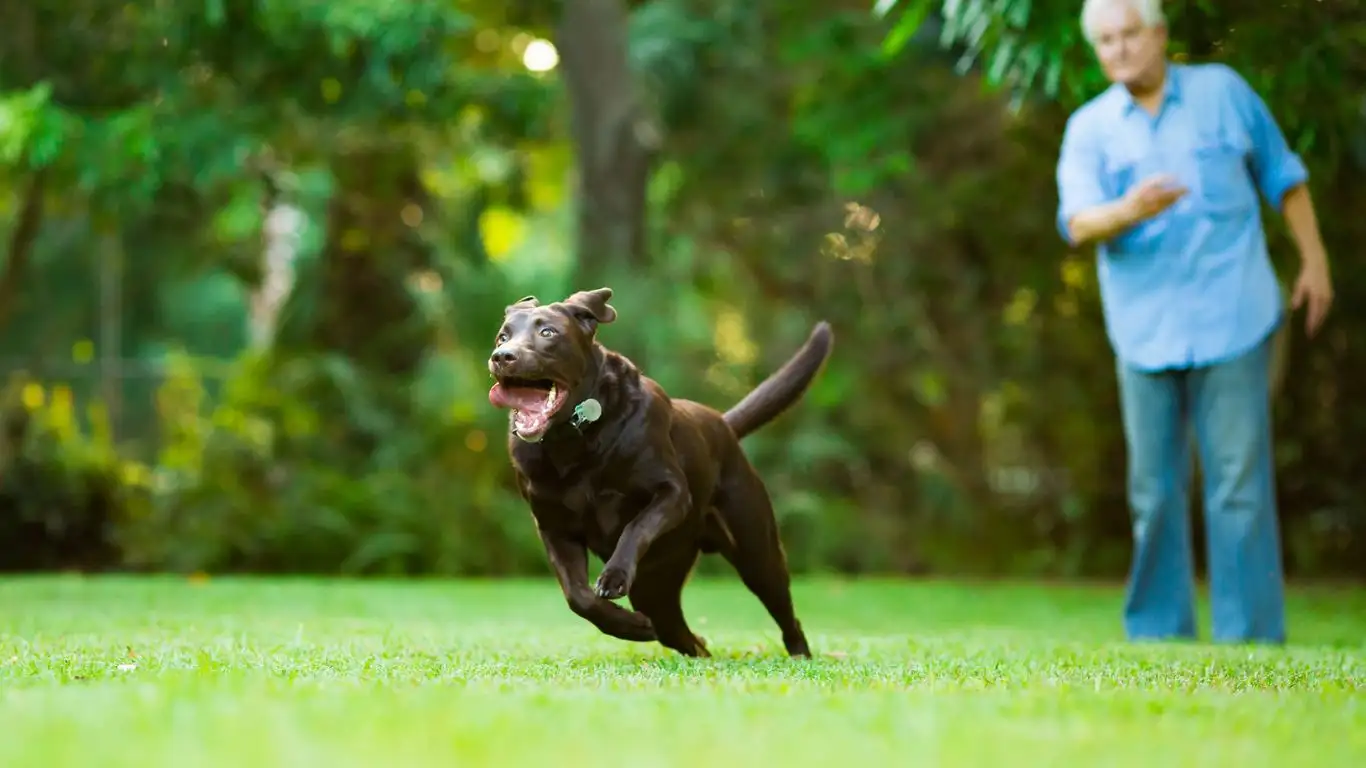
Exercise is vital to your dog’s health. I can’t emphasize this enough! Whether it’s a brisk walk, a game of fetch, or even agility training, keeping your dog physically active is essential for maintaining a healthy weight, preventing joint problems, and boosting their mental health.
The Importance of Tailored Exercise
Different breeds have different activity levels. Some dogs need intense exercise, like Border Collies or Labrador Retrievers, while others may be more suited for low-impact activities, such as older dogs or smaller breeds. As a general rule of thumb, aim for at least 30 minutes to an hour of exercise a day, depending on your dog’s energy level. I’ve noticed that regular walks not only improve my dog’s physical health but also prevent destructive behavior caused by pent-up energy.
Don’t Forget Mental Stimulation
It’s easy to focus on physical exercise, but dogs need mental stimulation too. My dog loves puzzle toys and training sessions that challenge her mind. Mental exercise is just as important as physical activity. It helps prevent boredom, reduces anxiety, and strengthens the bond between you and your dog. Incorporating interactive games or obedience training into their routine is a great way to keep them sharp and engaged.
3. Grooming: Keeping Your Dog’s Coat Clean and Healthy

Proper grooming isn’t just about making your dog look cute – it’s about keeping them healthy too. Regular grooming helps remove dirt, debris, and loose fur, but it also allows you to check for any skin issues, parasites, or abnormalities. I learned this the hard way after noticing some dry patches on my dog’s skin that turned into a bigger problem because I hadn’t been grooming her regularly.
Brushing and Bathing
Brushing your dog regularly is one of the most important things you can do for their coat. Not only does it prevent matting, but it also promotes healthy skin and distributes natural oils. Some breeds, like Poodles or Shih Tzus, need more frequent grooming, while others, like short-haired dogs, need less. Regardless of your dog’s coat type, brushing at least once a week is a good rule of thumb. Bathing should be done as needed – usually once a month unless your dog has rolled in something particularly smelly!
Ear and Nail Care
Don’t forget to keep an eye on your dog’s ears and nails. Regular ear cleaning is important, especially for breeds with floppy ears, as they’re prone to infections. Additionally, nail trimming should be part of your regular grooming routine. Overgrown nails can cause discomfort and lead to other health issues, so it’s essential to stay on top of this task.
4. Regular Vet Checkups: Preventive Care for a Long Life

One of the best things you can do for your dog’s health is to schedule regular checkups with your vet. I used to think that vet visits were only necessary when my dog was feeling under the weather. However, I quickly learned that preventive care is crucial to avoid more serious health problems down the line.
Routine Health Screenings
When I first took my dog for a routine exam, the vet did a full physical checkup, including checking her heart, teeth, eyes, and coat condition. They also performed a blood test to ensure that all her organs were functioning properly. This helped catch potential issues early, which saved me time and money down the road. It’s easy to overlook the importance of these routine checkups, but they’re essential for your dog’s health.
In addition to the usual health screenings, make sure your dog is up-to-date on vaccinations and parasite preventatives. Keeping track of vaccinations will protect your dog from common diseases, while parasite preventatives will help protect them from ticks, fleas, and worms that can lead to more severe issues if left untreated. Prevention is always easier (and less costly) than treating a full-blown illness.
Dental Health
Speaking of checkups, I can’t emphasize enough how important dental care is for dogs. Dental disease can lead to not just bad breath, but also other serious health issues like heart disease. I was a bit negligent in this area early on, but after learning that dental health can affect your dog’s overall well-being, I started brushing her teeth regularly and scheduling annual dental cleanings. Trust me, it’s worth it!
5. Weight Management: Keep Your Dog in Top Shape
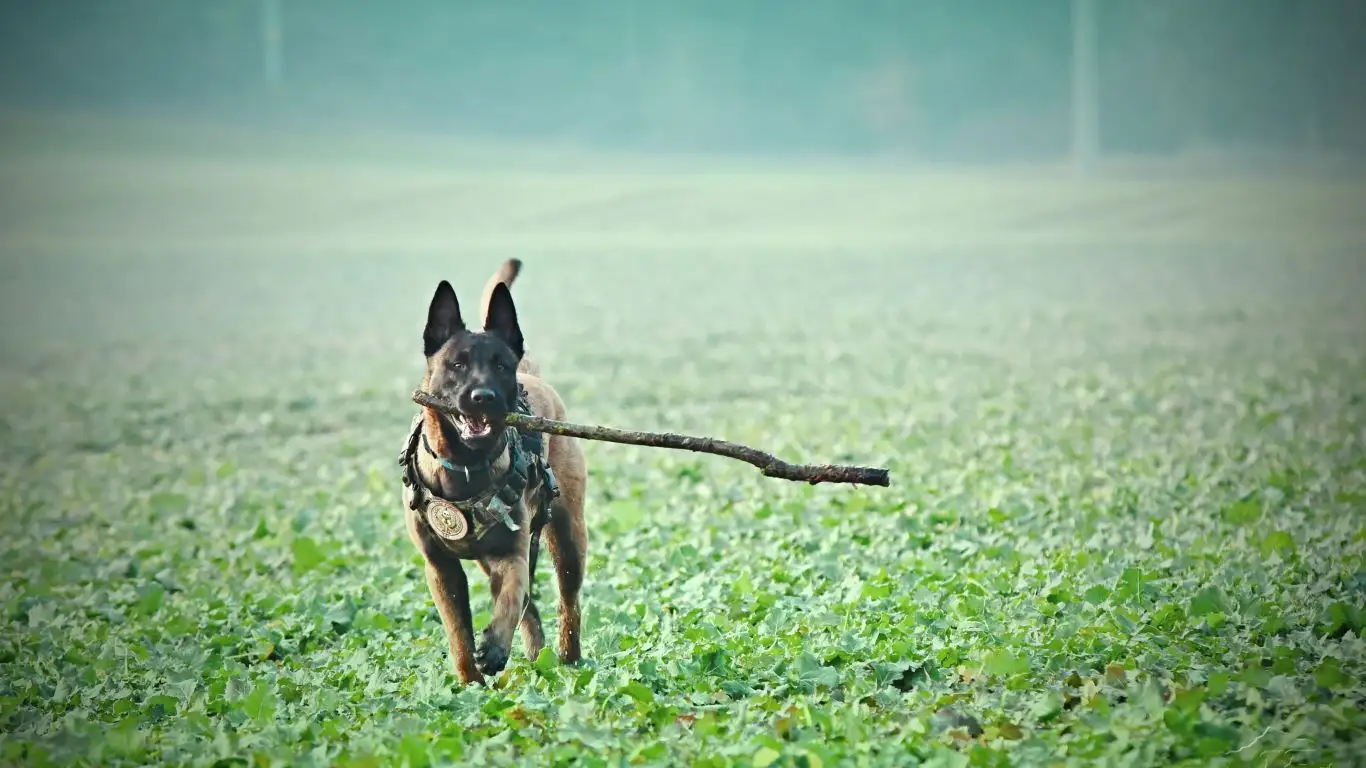
Obesity is one of the most common health issues in dogs, and it’s also one of the easiest to prevent. If you’ve ever had to help your dog shed a few pounds (like I have), you know that weight management is crucial for their health and longevity. Excess weight can lead to a number of issues, including joint problems, diabetes, and heart disease.
Watch the Calories
One mistake I made early on was feeding my dog too many treats. I thought I was being generous, but I didn’t realize that those extra calories were piling on the pounds. Keeping track of your dog’s calorie intake is vital. If your dog tends to gain weight easily, try reducing portion sizes or switching to lower-calorie treats. There are plenty of healthy, low-calorie snack options out there that your dog will love just as much.
Also, remember that exercise is just as important as diet when it comes to maintaining a healthy weight. Along with regular walks and playtime, I like to include some additional activities like fetch or swimming to help my dog burn off extra calories. You’d be surprised how much of a difference a few extra minutes of active playtime can make!
Watch for Health Signs
It’s also important to monitor your dog for signs that they might be gaining weight. If you notice your dog is more sluggish than usual or has trouble moving around, these could be signs that they’re carrying extra weight. A regular health checkup with the vet can help catch any weight-related issues early and allow you to adjust their diet and exercise plan accordingly.
6. Parasite Prevention: Shielding Your Dog from Harm
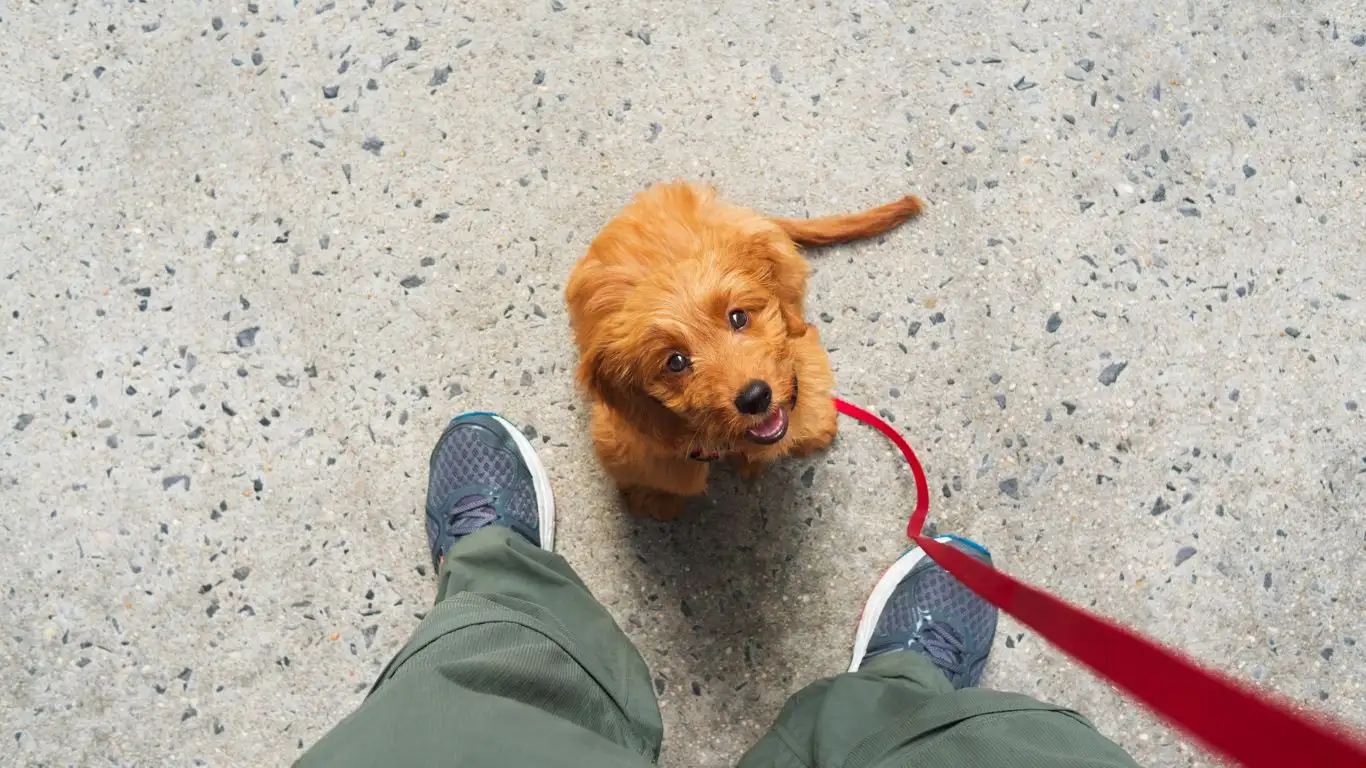
Keeping your dog protected from parasites is a crucial part of their health care. From fleas and ticks to heartworms and intestinal worms, parasites can cause a range of health issues, many of which can be easily prevented with the right precautions. I’ll admit, I didn’t always take parasite prevention as seriously as I should have, but once I saw how much of a difference it made in my dog’s health, I’ve been diligent about it ever since.
Fleas, Ticks, and Other External Parasites
Fleas and ticks are not only annoying for your dog, but they can also carry diseases that can affect both you and your pet. I learned this the hard way when my dog came down with a tick-borne illness. Since then, I’ve been very careful to use flea and tick preventatives regularly, especially during the warmer months. There are a variety of treatments available, including topical treatments, oral medications, and collars that repel fleas and ticks. Talk to your vet about the best option for your dog’s lifestyle.
Internal Parasites: Worms and More
Don’t forget about internal parasites! Heartworms, intestinal worms, and giardia are common concerns for dogs. I make sure my dog is on a monthly heartworm preventative and that she’s dewormed regularly. It’s essential to protect your dog from these parasites, as they can lead to serious complications like organ damage or digestive issues. A simple pill or chew once a month can save your dog from a lot of trouble in the long run.
7. Mental Health: Supporting Your Dog’s Emotional Well-Being
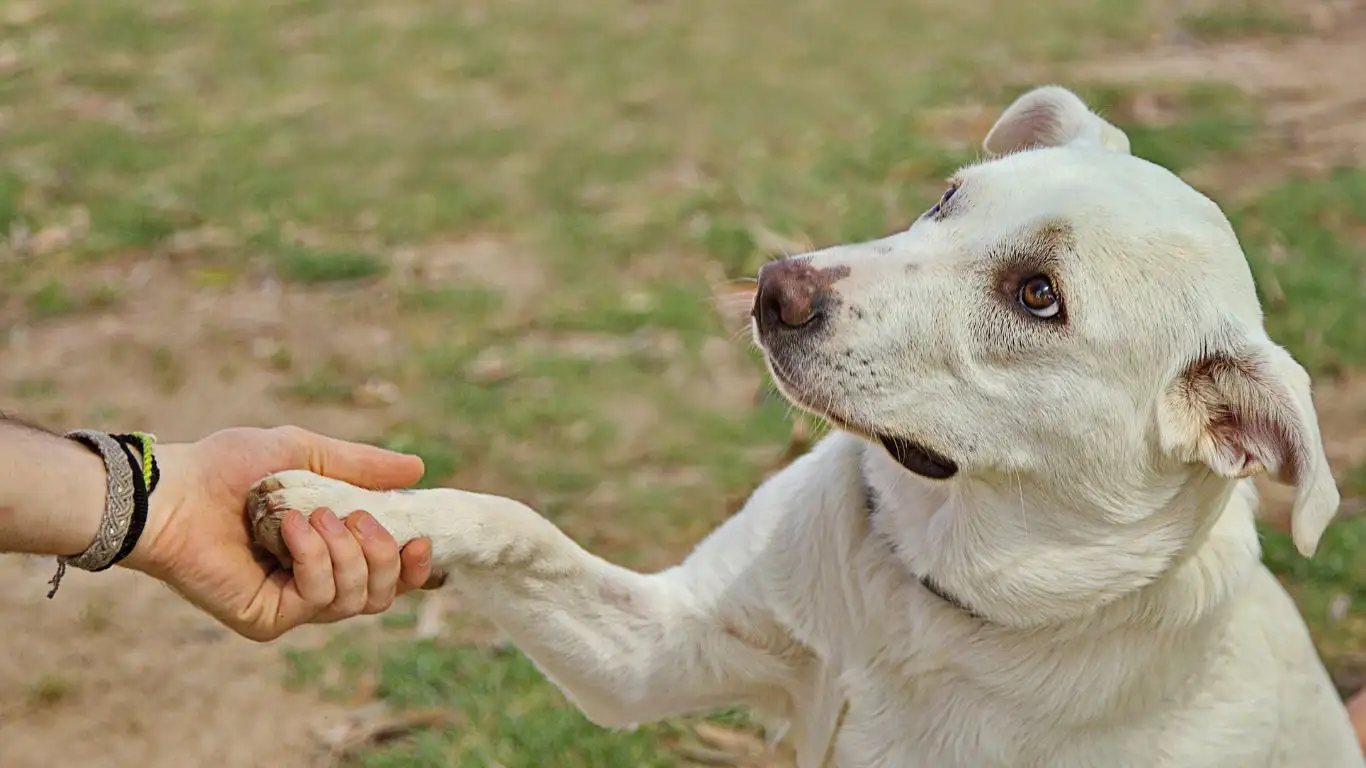
As a dog parent, it’s easy to forget that our furry friends need emotional care just as much as they need physical care. I’ve seen first-hand how a dog’s mental well-being can impact their overall health. For example, when my dog was going through some changes in our home environment, I noticed she was a bit more anxious and seemed to act out more. It was a wake-up call that mental health is just as important as physical health.
Recognizing Signs of Anxiety
Dogs, like humans, can experience anxiety, stress, and even depression. Some signs of anxiety may include excessive barking, destructive behavior, hiding, or even loss of appetite. If your dog seems restless or unusually withdrawn, it’s important to recognize these signs early and take steps to address them. I found that creating a calm environment with consistent routines helped ease my dog’s anxiety. Regular playtime, training sessions, and some quiet cuddle time worked wonders to soothe her.
Providing Mental Stimulation
Aside from physical exercise, mental stimulation is key to a happy and healthy dog. Toys, games, and training exercises all keep your dog’s brain sharp and help combat boredom. I often use puzzle toys that challenge my dog to think and problem-solve, which is not only fun but helps tire her out mentally. Keeping their minds active reduces the likelihood of them engaging in destructive behaviors due to boredom.
8. Socialization: Building Positive Experiences with Other Dogs and People

Another key aspect of dog health is proper socialization. This is especially important if you have a puppy or an adult dog who’s still adjusting to new environments. My dog wasn’t always the friendliest with other dogs, and I had to work on her socialization skills. Socialization helps your dog feel comfortable around other animals and people, reducing anxiety or fear-based behaviors when they encounter new situations.
Starting Early: The Importance of Puppy Socialization
When I first adopted my dog, I made sure to expose her to as many different people, dogs, and environments as possible. Puppy socialization is crucial for shaping your dog’s future behavior. The more positive interactions they have with other dogs and people, the more confident and well-adjusted they’ll be as adults. It’s important to use positive reinforcement techniques during this process to encourage good behavior and minimize fear or aggression.
Keeping Adult Dogs Socialized
Even adult dogs benefit from continued socialization. If your dog is shy or anxious around other dogs, consider taking them to dog parks or enrolling them in training classes to help them build confidence. I found that regular outings and exposure to different environments helped my dog become more comfortable in unfamiliar situations. Socializing is an ongoing process, and patience is key, but the benefits are well worth the effort.
9. Grooming and Skincare: Caring for Your Dog’s Skin
We’ve already touched on the importance of grooming for a healthy coat, but your dog’s skin deserves special attention too. Just like humans, dogs can suffer from skin conditions like allergies, dryness, or infections. I’ve learned the hard way that regular skincare isn’t just about brushing; it also includes checking for any signs of irritation or discomfort. For instance, my dog started licking and scratching at her paws excessively, which turned out to be due to an allergy. Regular grooming allowed me to catch it early, and I was able to adjust her routine and diet to alleviate the issue.
Flea and Allergy Prevention
Fleas and allergies are common causes of itchy, irritated skin in dogs. It’s crucial to check your dog regularly for fleas, especially if they spend a lot of time outside or around other animals. I keep my dog on a flea preventative year-round to ensure she stays comfortable and flea-free. If your dog has allergies, consult with your vet to find the best treatment, which may include special shampoos or dietary changes.
Moisturizing Dry Skin
Dry skin can be an issue, particularly in colder months. I’ve found that regular moisturizing with dog-friendly skin balms and conditioners helps keep my dog’s skin healthy and hydrated. If your dog’s skin seems particularly dry or flaky, it might be a good idea to consult with your vet to rule out any underlying conditions. Keeping your dog hydrated and using a humidifier in the home during the winter months can also help combat dry skin.
References
Disclaimer
The information provided in this article is based on personal experience and research. It is not intended as a substitute for professional veterinary advice, diagnosis, or treatment. Always seek the advice of your veterinarian or other qualified health provider with any questions you may have regarding your pet’s health. Never disregard professional advice or delay seeking it because of something you have read in this article.
